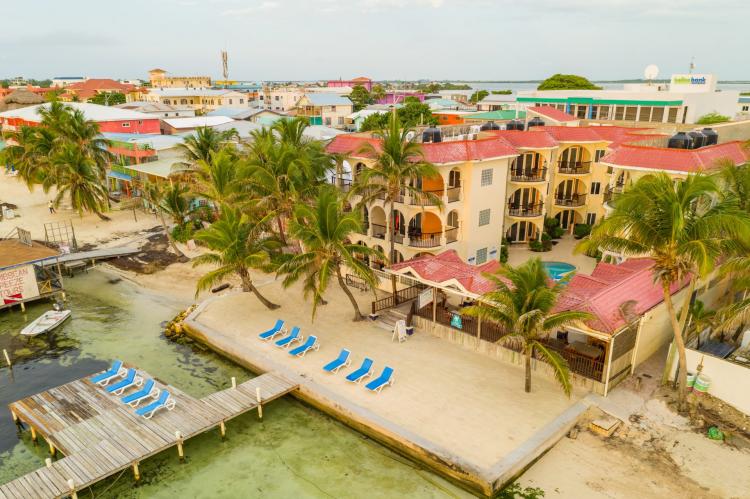A Plan or a Mirage? Ambergris Caye’s $300M Promise Faces Belizeans’ Growing Distrust
By: Omar Silva I Editor/Publisher
National Perspective Belize – Digital 2025
Belize City – Thursday May 8, 2025
With soaring rhetoric and hopeful undertones, the Government of Belize this week unveiled a 20-year, $300 million strategic plan for the sustainable development of Ambergris Caye—long hailed as the crown jewel of Belizean tourism. However, beneath the surface of this grand announcement, many Belizeans are left asking a simple question: Is this truly the beginning of something real—or just another empty promise in a string of failed initiatives?
The official launch, held at Sunset Caribe Resort, brought together government ministers, private sector stakeholders, and representatives from the Inter-American Development Bank (IDB), which is providing technical and financial support for the initiative. The plan includes sweeping reforms and upgrades to the island’s infrastructure, transportation, water and sanitation, health services, housing, and community development.
But Belizeans, whose faith in government promises has long been worn thin, are responding with caution—if not outright cynicism.
A Track Record of Broken Promises
Since taking office, the Briceño administration has announced over 48 development projects, many with similar fanfare, which have either stalled or been abandoned altogether. The Millennium Challenge Corporation (MCC) grant—once touted as a transformative US$125 million opportunity to uplift Belize’s education and energy sectors—has now become a political casualty, effectively stillborn after shifts in U.S. policy and local delays. The collapse of this agreement has added to a growing narrative of disillusionment, in which announcements rarely translate to action.
Why San Pedro, and Why Now?
Minister of State Christopher Coye explained that the Prime Minister’s vision for prioritizing Ambergris Caye stemmed from a desire to protect “one of our country’s most precious resources.” Minister Andre Perez echoed that the plan was born out of “the collective desire of [San Pedro’s] people to shape a better tomorrow,” emphasizing values such as inclusivity, equity, and sustainability.
Yet critics argue that this timing raises questions. Why prioritize a tourism enclave already teeming with investment, while countless communities on the mainland continue to suffer from poor roads, lack of water access, and underfunded schools? For many, it reeks of political favoritism, rewarding wealthy enclaves while leaving working-class Belizeans behind.
No Guarantees, No Timeline, No Teeth
While the plan is said to require over US$300 million over two decades, no firm financial commitments have been disclosed. The government has not specified where the money will come from, whether from foreign loans, grants, public-private partnerships, or taxpayer funds.
This lack of clear timelines, enforceable commitments, or independent oversight mechanisms only adds to the doubts. Without concrete implementation phases or scheduled deliverables, the Strategic Plan for San Pedro appears—at least for now—to be more of a vision than a roadmap.
What Belizeans Need Before Believing
To move beyond scepticism, the government must urgently demonstrate credibility. That means:
- Presenting a transparent funding schedule and clearly defined milestones.
- Establishing an independent oversight body that includes civil society, unions, and technical experts.
- Prioritizing national equity, ensuring rural and underserved areas are not sidelined.
- Breaking ground on a key infrastructure project within the next six months to show that action, not just talk, is underway.
Conclusion: A Plan Is Not Progress
Belizeans are no longer comforted by glossy presentations or political speeches. They have endured too many initiatives that promised transformation but delivered little. For a nation weary of stillborn projects and stalled progress, the San Pedro Strategic Plan will need to prove its worth not through words, but through measurable results.
If not, it risks becoming just another mirage on the horizon—shimmering with promise but evaporating on closer inspection.
- Log in to post comments

